Golden beans: description, cultivation and diseases
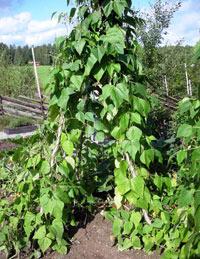
Beans are one of the most ancient crops and are distributed throughout the globe; in our regions, multicolored, common and lima beans are most often grown. The most common is the ordinary one, which is divided into vegetable varieties (they do not have coarse fibers and a parchment layer), semi-vegetable varieties (contain coarse fibers) and peeled varieties (not fleshy, hard with a high fiber content).
Content:
Golden beans
Golden beans or mung beans or mung beans, a pulse crop that originated in India, are actually green in color. In India, many traditional dishes are made from it, pasta, which is then used as a filling, and even desserts.
But golden beans are popular not only in India, but also in Asia, Korea, and Japan, where they are eaten whole, sprouted and shelled. Special noodles and a gelling component are also produced from mung bean. It is considered a light food that promotes meditation and intellectual activity. It is not so popular here, although it deserves attention, since there is nothing better for dietary nutrition.
Mung beans are rich in vitamins, dietary fiber, various minerals, including phosphorus, magnesium, calcium, iron, potassium, etc. They also contain vitamin B6 and carotene, which are extremely valuable for the nervous and immune systems.Beans are very nutritious and tasty when properly processed; they consist of 50% starch, 28% protein, 4% fat. Green beans are often fed to livestock, as they are nutritious and well accepted by them, helping to increase milk yield.
It is recommended to store green beans for subsequent sowing and processing in a cold place where it is dry enough, mixing the beans with garlic and dried mint to protect the raw material from diseases and any harmful living creatures.
Growing
Golden bean is a tall plant that also climbs, with a drooping aerial part, and therefore requires support. It must be taken into account that it is a heat-loving plant, so it is difficult to grow in the northern regions.
The vegetative period of golden beans is from eighty to one hundred and ten days, so they need to be sown in the garden as soon as the ground warms up (it should be at least 12 degrees) and it is clear that there is no risk of frost on the soil. It is advisable to add organic matter in the fall to the place where the mung bean will be planted; in this case, the crop will not need to be fertilized. The beans will need potassium and other fertilizer. Mung beans need to be watered regularly, they do not tolerate drought, it is better to add more but less moisture than to water the plants rarely.
The culture grows well in places where tomatoes, root vegetables, and potatoes were previously grown. You should not sow where legumes previously grew; common microbes and legume pests may remain in the soil.
Close up seeds to a depth of at least four centimeters, between the beans you need to keep about twenty centimeters of distance, and between the rows - about forty centimeters.It is advisable to soak the seeds for ten hours before sowing, and then place them in damp wipes for germination, or if you plan to sow a large number of seeds, place them in damp bags. It is also worth adding products containing tuber bacteria and microfertilizers that contain molybdenum and boron to the soaking water.
If the soil temperature is suitable and there is enough moisture, then within a few days the hatching sprouts will appear on the surface of the earth. It is necessary to ensure that a soil crust does not form on the ground; it must be removed by loosening; a month after the mass emergence of seedlings, inter-row cultivation must be done.
It will be necessary to constantly loosen, hill up the plants and remove weeds, the latter is especially important for harvesting, since the ripening of beans stretches over time; you need to collect the already ripe pod at the right time, leaving the others, and in the greenery of the weeds this will be difficult to do. To make your work easier in the fight against weeds, it is better to apply a herbicide in the fall, and in the spring, also spray the soil with an anti-weed preparation; after the beans sprout, the poison can no longer be used.
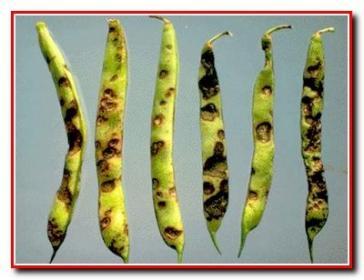
Golden bean diseases
It can be said that mung beans are not particularly susceptible to diseases, however, you can encounter anthracnose; it spreads especially easily when the planting is dense and high humidity.
Anthracnose is a disease caused by imperfect fungi. Diseased plants become covered with ulcers and dark spots, which merge as the disease progresses, the leaves turn brown, curl, dry out and then fall off. Anthracnose affects the entire aboveground part of the beans, causing the beans to begin to rot.It is transmitted through soil, contaminated seeds and plant debris, and is especially “violent” at moderate temperatures and high humidity.
The fight comes down to destruction by burning all plant residues after the harvest is harvested, to partially cutting out or removing the entire infected plant, and spraying the plantings with one percent Bordeaux mixture or “champion.” If spraying is carried out at the initial stage of the disease, massive damage to all crops can easily be avoided, otherwise anthracnose will quickly cover all plants and greatly reduce the yield.


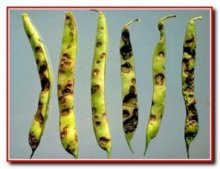

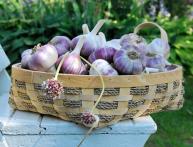

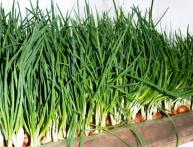

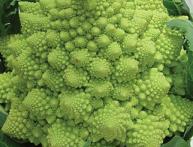
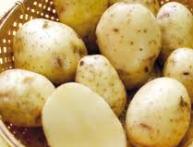
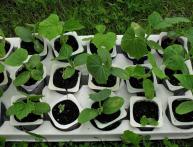
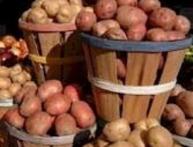
Comments
The neighbors grew such beans. The first harvest was good, but the second was struck by disease and no matter what they did, they could not save it. Therefore, we did not dare to plant such a plant. In addition, if, when burning the remains, somewhere one grain or pod remains, the situation will repeat itself next year.